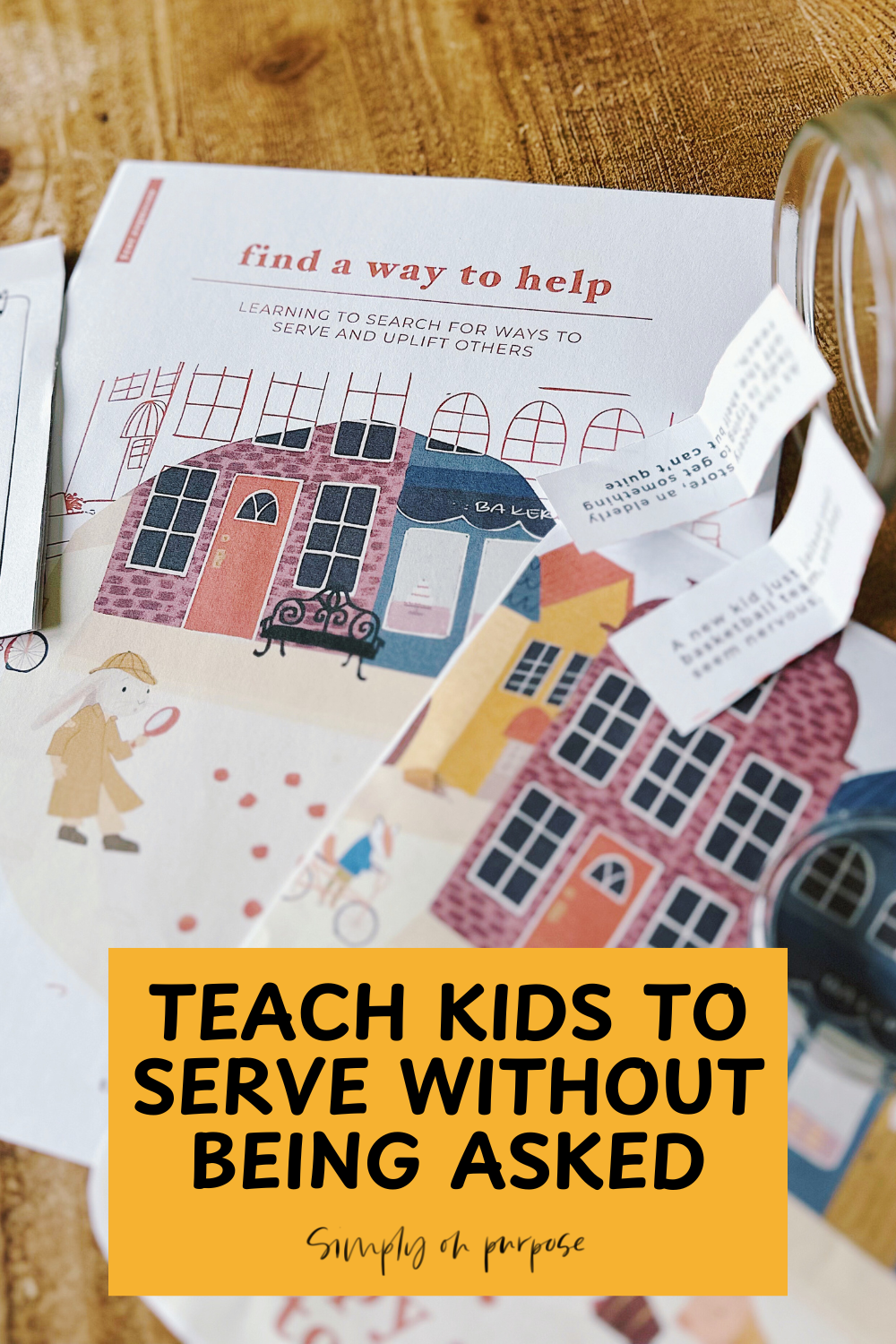As parents, we’ve all been there—constantly reminding our kids to pick up their toys, clear their dishes, or lend a hand. But what if your child started helping without being asked? It’s not magic—it’s a skill that can be taught and practiced over time. Helping independently comes down to three simple steps: feeling able to help, noticing what needs to be done, and just doing it.
1. Help Them Feel Able to Help
Children need to feel capable before they can step in confidently. If a task seems too hard or if they are afraid of doing it “wrong,” they’ll hold back. Start small with age-appropriate jobs like matching socks, setting the table, or feeding the pet.
When they try, focus on praising their effort rather than perfection: “I love how you did that all on your own!” This builds confidence and helps them see that their contributions matter. The more success they experience, the more naturally they’ll want to help next time with no prompting required.
2. Teach Them to Notice What Needs to Be Done
Helping starts with awareness. Many kids simply don’t see what we see: spilled juice, messy counters, or shoes left in the hallway. Learning to notice these things takes practice.
You can nurture this awareness by gently drawing attention to your surroundings. Try saying things like, “Hmm, it looks like the living room could use a quick tidy—what do you think?” or “The dishwasher’s full—what’s our next step?” Over time, your child will start to look around and spot needs on their own.
Make it a fun game: ask, “What’s one thing we can do to make this space better?” Turning observation into a habit helps your child connect their environment to action.
3. Encourage Them to Just Do It!
Once your child feels capable and notices what needs doing, the final step is simple: take action. This is where independence truly grows.
Kids sometimes hesitate because they’re unsure whether they should do something without being told. You can help by creating a home culture where initiative is celebrated. Model this yourself—say out loud when you jump in to help (“I saw the trash was full, so I emptied it!”). Your example shows that helping is a normal, shared part of family life.
Give them low-risk opportunities to act on their own, too. For instance, if the mail is on the floor, let them pick it up and sort it. If the table’s messy, let them wipe it down their way. The goal isn’t perfection—it’s action!
“Find a Way to Help,” a Printable Resource
Teaching your child to help without asking is a gradual process, but it builds lifelong habits of empathy, responsibility, and awareness. This is exactly why I’ve made this printable: “Find a Way to Help: Learning to Find Ways to Help Without Being Asked.” This resource will help your child:
- Become a “love detective” and find clues about who needs help
- Learn to “observe, then serve,” which develops emotional intelligence!
- Practice paying attention in everyday situations
- Feel confident enough to jump in and help!
This printable will help kids look for clues and act on evidence they’ve found to become better helpers at home and beyond. Download it today for only $6!
With practice, you’ll start noticing small moments of initiative that make a big difference. And best of all, you’ll spend less time reminding and more time appreciating their efforts!
If you would like other ways to help empower your kids, you might enjoy these resources:


